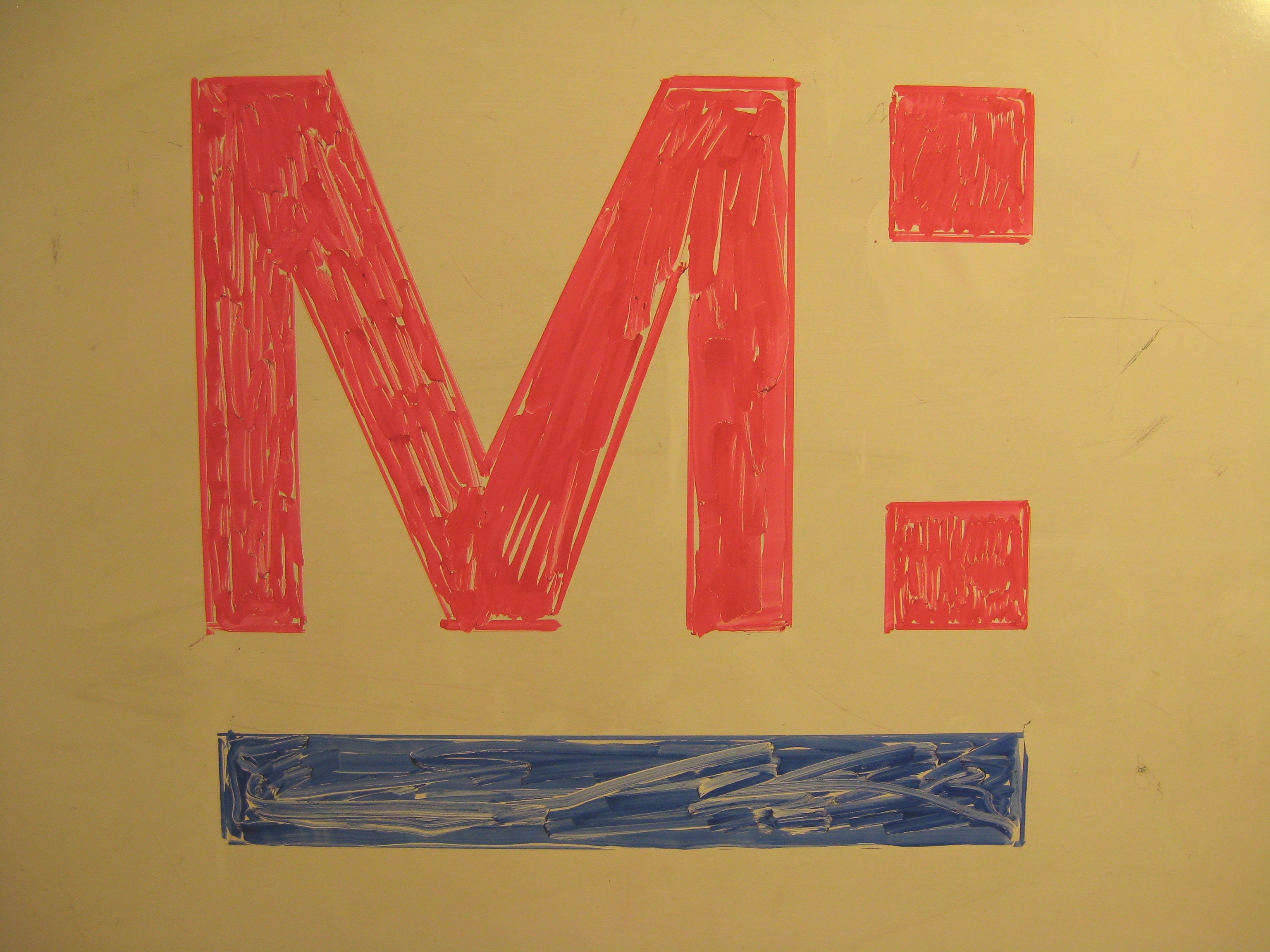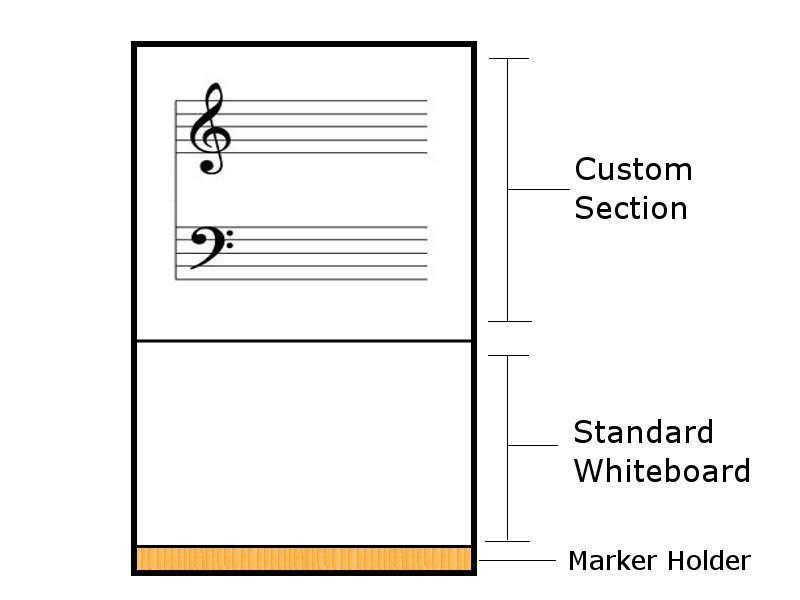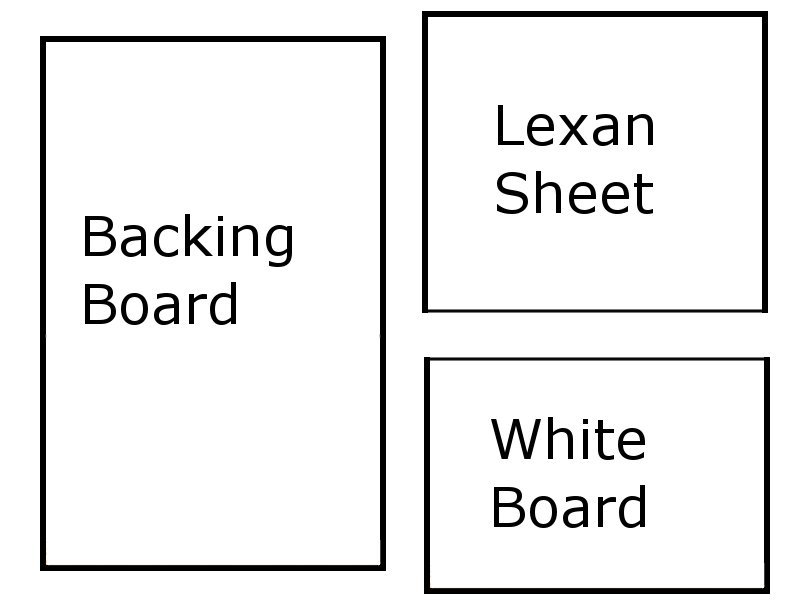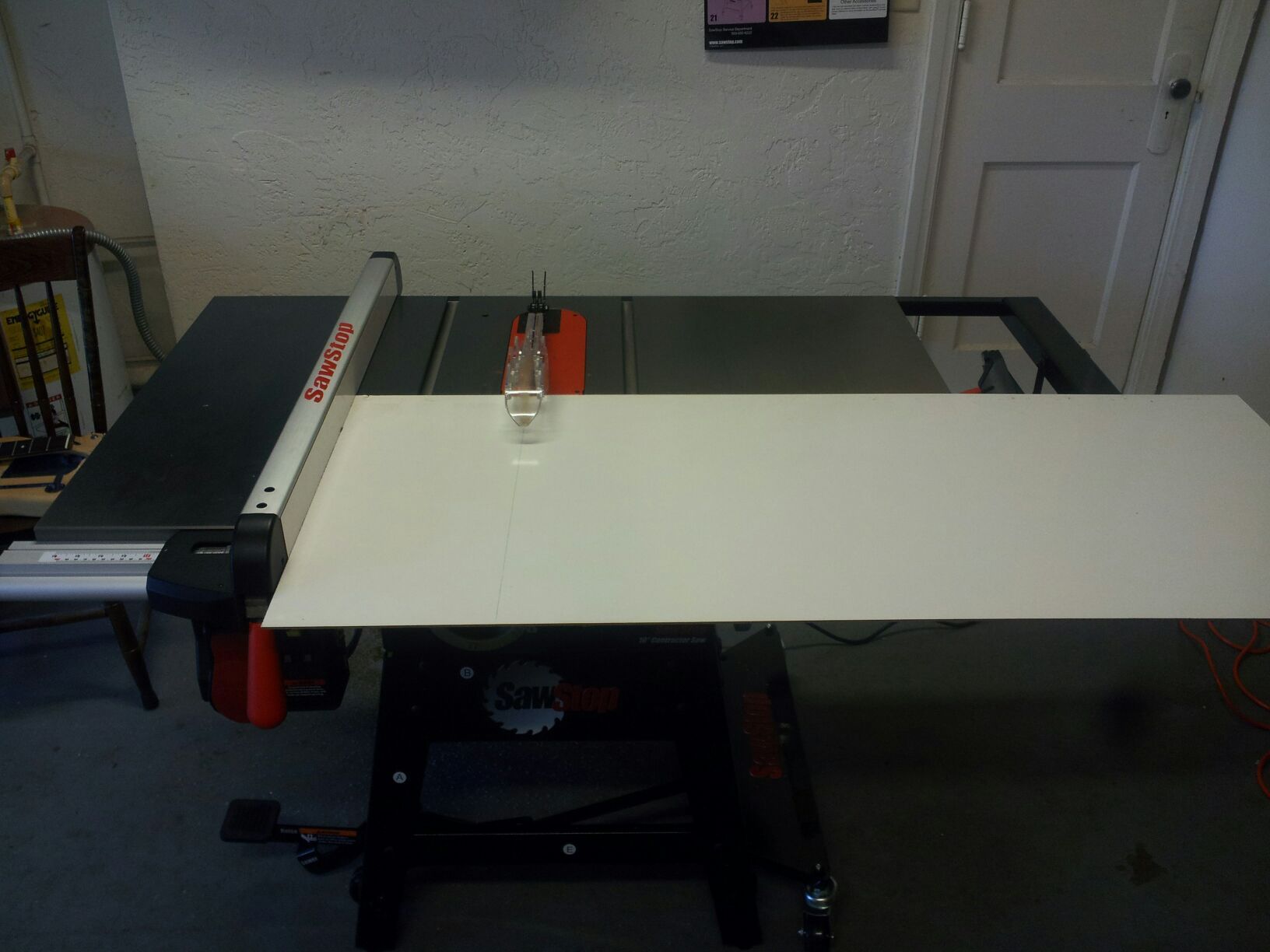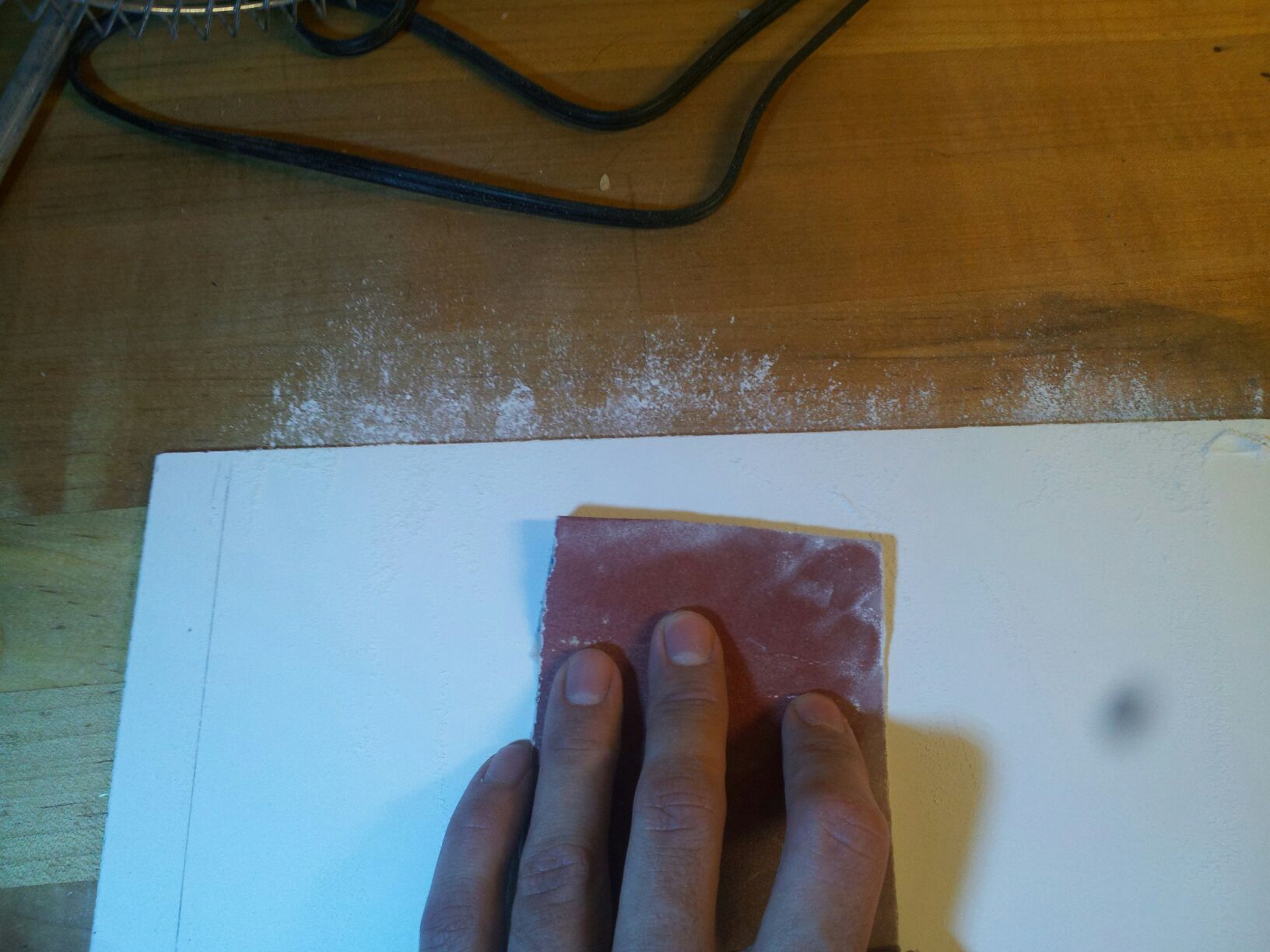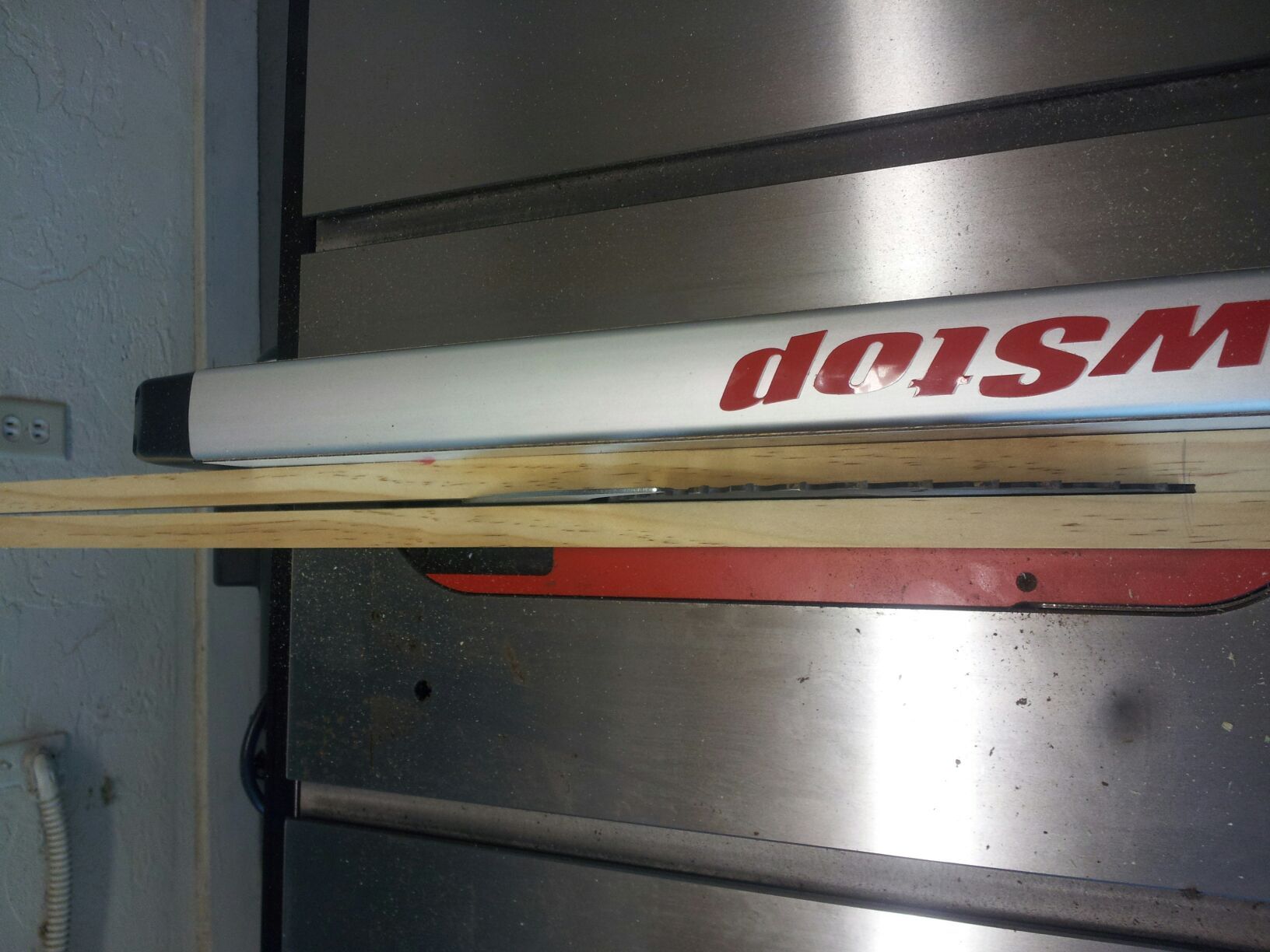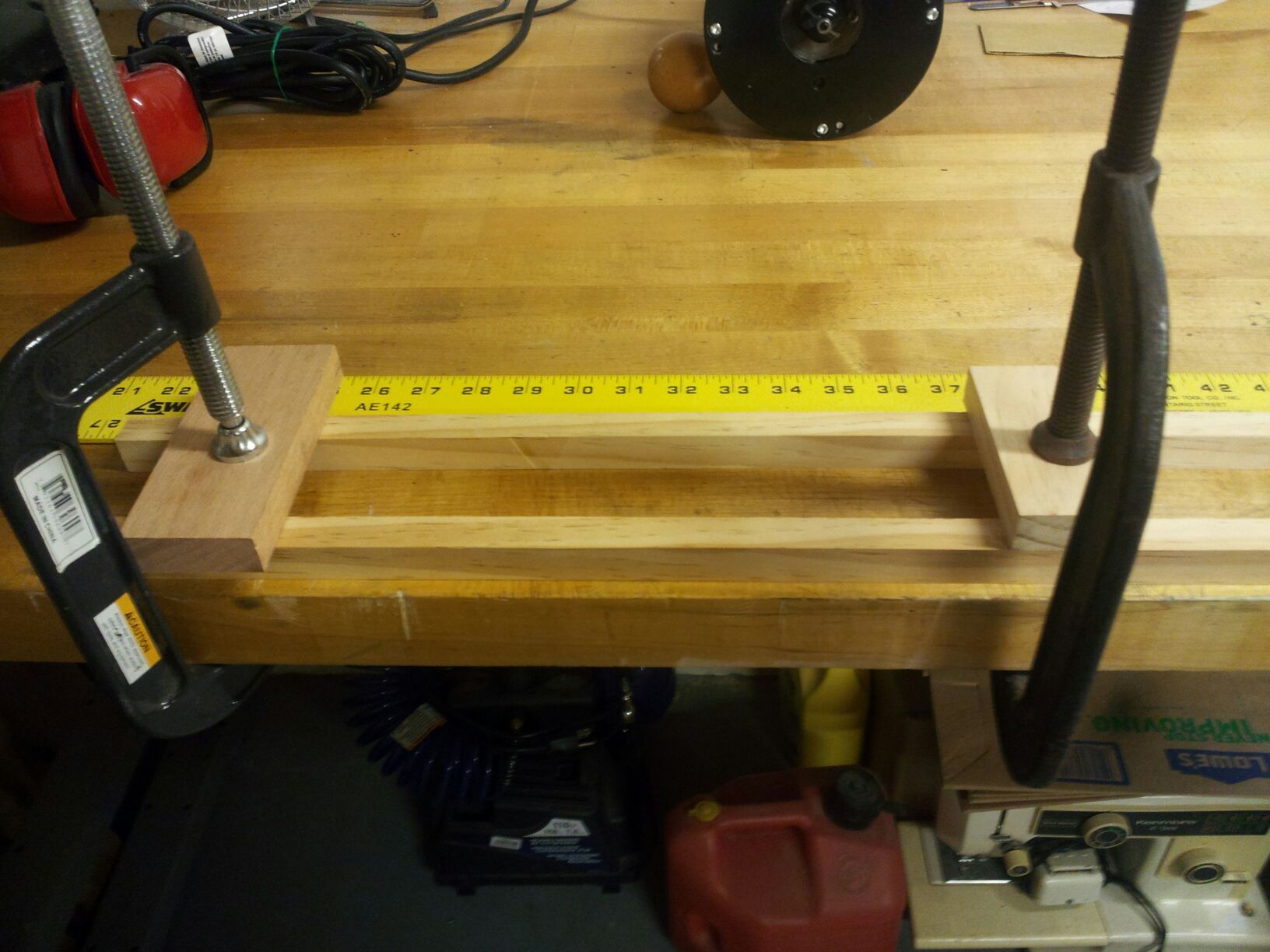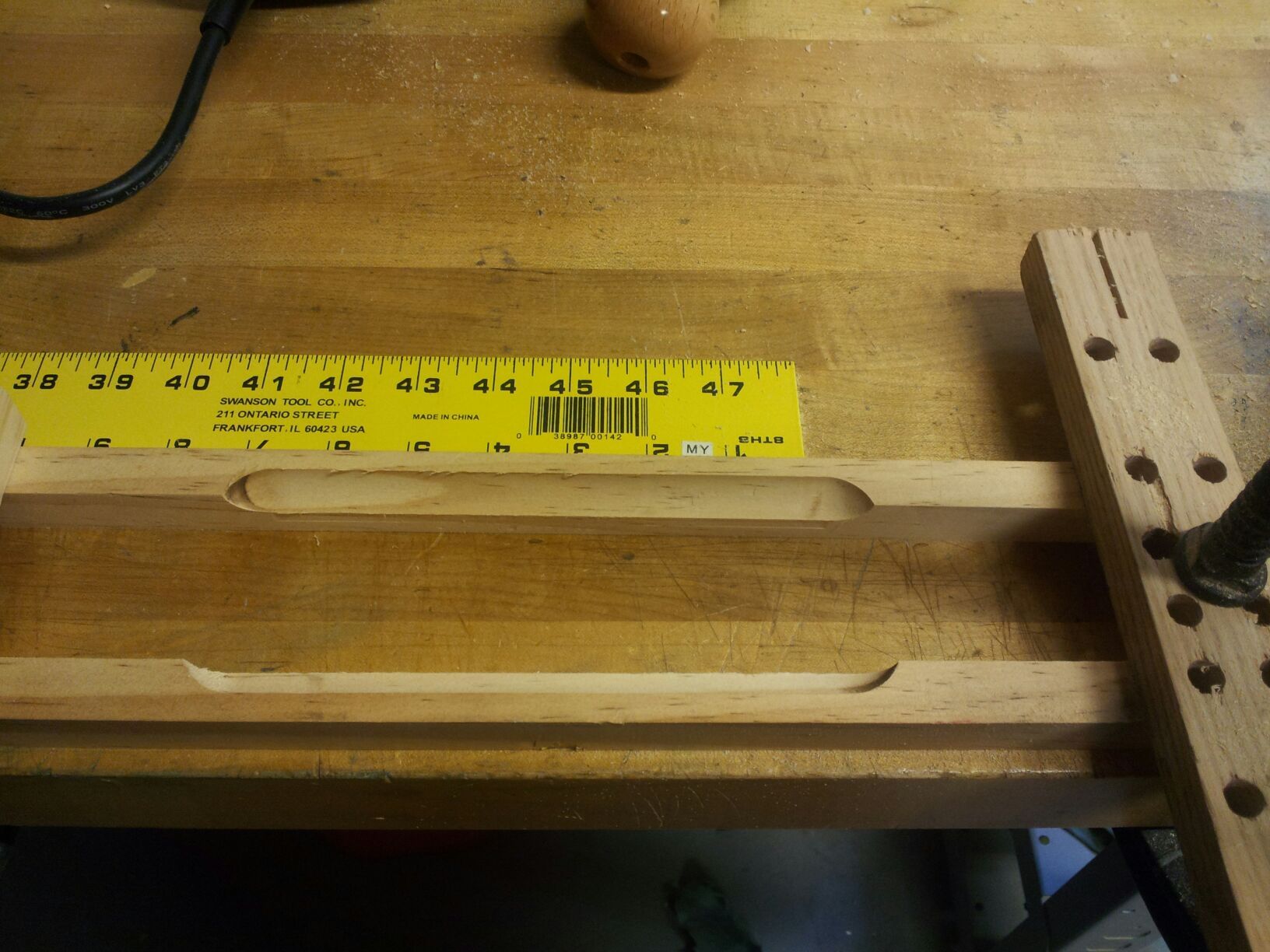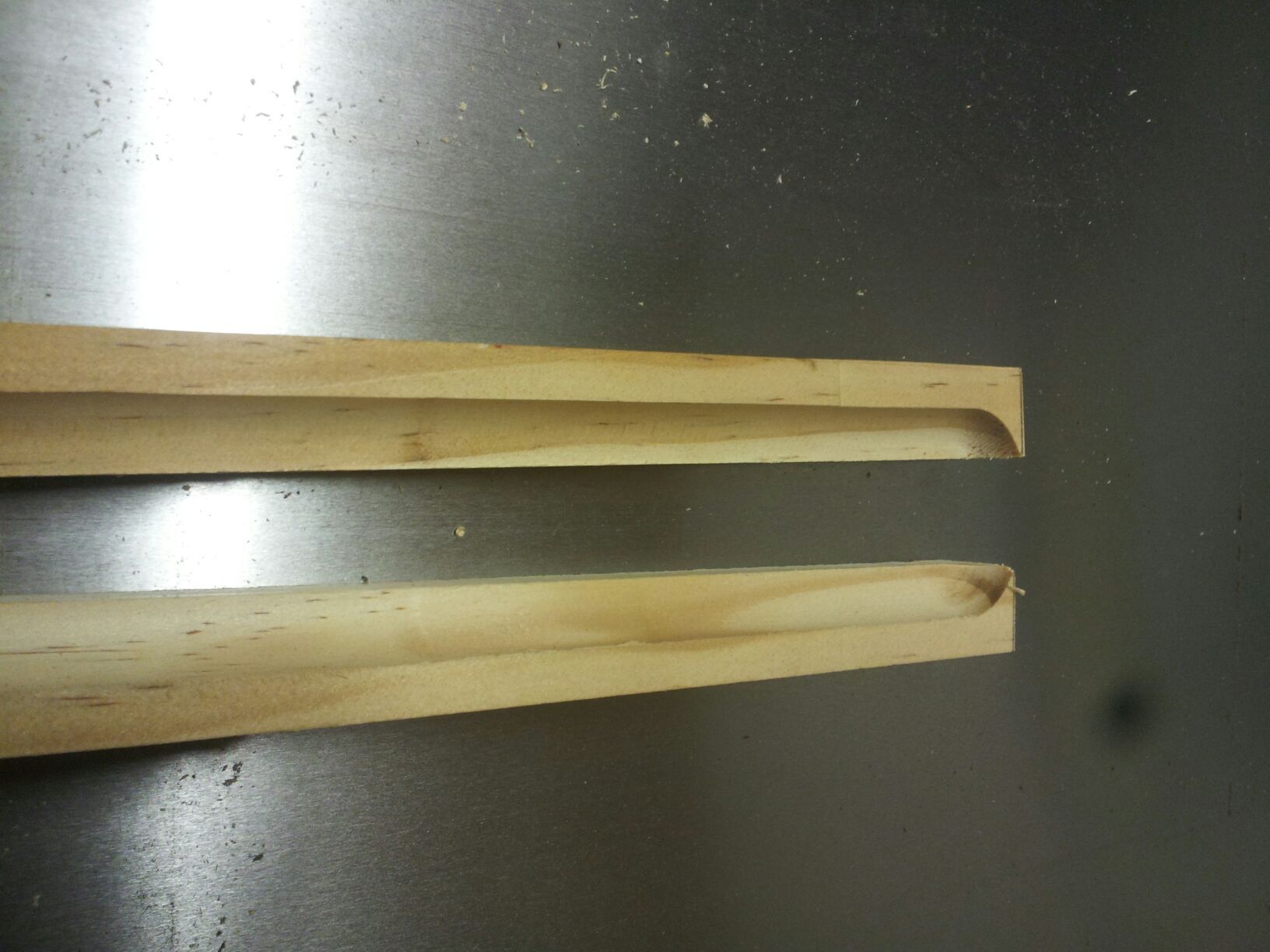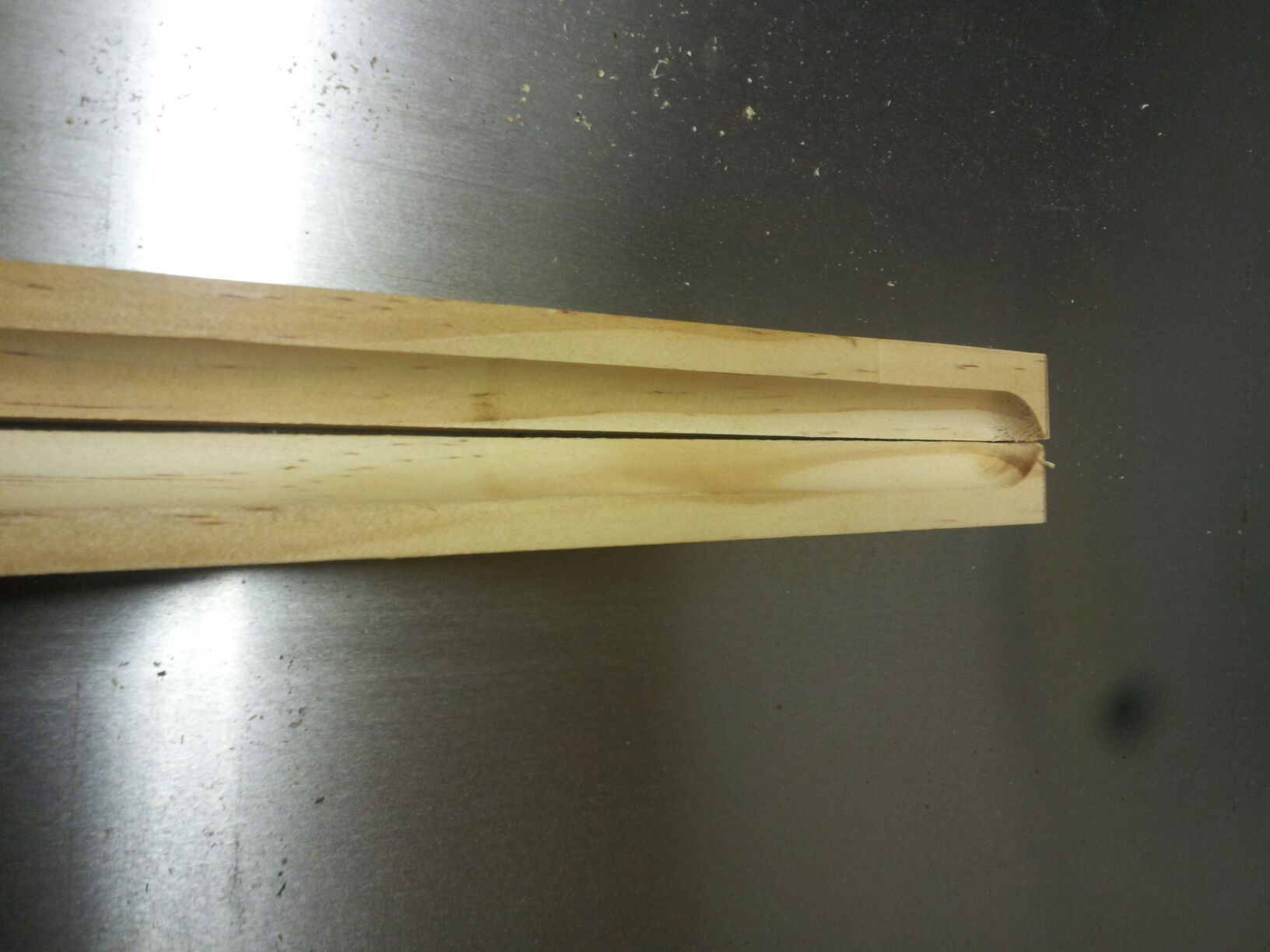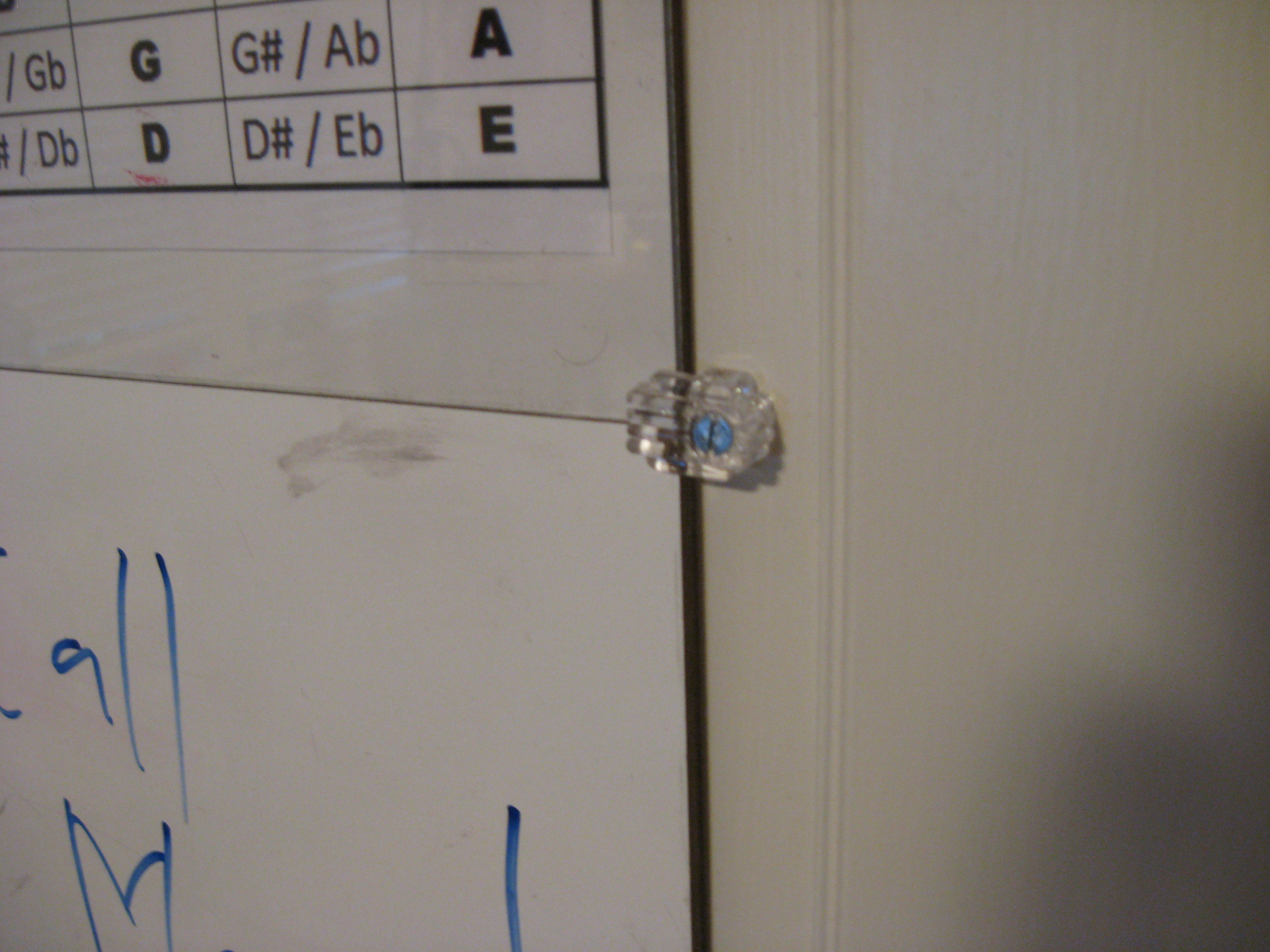In my real life, I’m a college English teacher. I spend a big part of each day writing on white boards and I love having a big space where I can sketch out ideas and then erase things and easily make changes. I wanted some of this flexibility in my home office, but commercial white boards are ridiculously expensive; even a small one can cost hundreds of dollars. I also don’t have a ton of wall space, so I wanted something that would fit on my closet door. To make matters even more complicated, I’m also a musician and I really wanted one of those whiteboards that you see in music classrooms; the kind that have a musical staff painted on so that you can draw in notes on the permanent lines and then erase while keeping the staff intact. You’ve probably seen the same thing in math classrooms where the white board has a permanent graph painted on. These features only add to the expense of an already pricey item, so I had my work cut out for me.
The whiteboard itself is no problem. Lowe’s sells big sheets of the stuff under the name “Mark-R-Board Wainscot” (item #61082). Each 32×48″ sheet only costs $10.51, which makes the cost of commercial boards seem even more ludicrous. The material itself is just 1/8″ Masonite with a slick, white coating. I knew that this was perfect as a starter, but I still wanted my staff-paper whiteboard.
After trying to find a way to paint the lines on top of the board, I eventually figured out that the easiest solution was a clear sheet with the lines underneath. There are lots of thin, rigid, clear plastics out there, but very few of them can be used with dry-erase markers. The obvious choice would be acrylic, since it’s cheap and easy to work with. Unfortunately, acrylic has an irritating tendency to “ghost,” or leave traces of marker after you erase. The best material turns out to be Lexan, which is more expensive, but is also very durable and works great with dry-erase markers.
The beauty of this project is that you can not only customize the size of your board, you can also decide to have a portion of it made of regular white board while another part can have custom, non-erasable elements that you can change whenever. Once you design your board, you just need to do a little cutting and gluing, mount the finished product to the wall, and you’re done.


